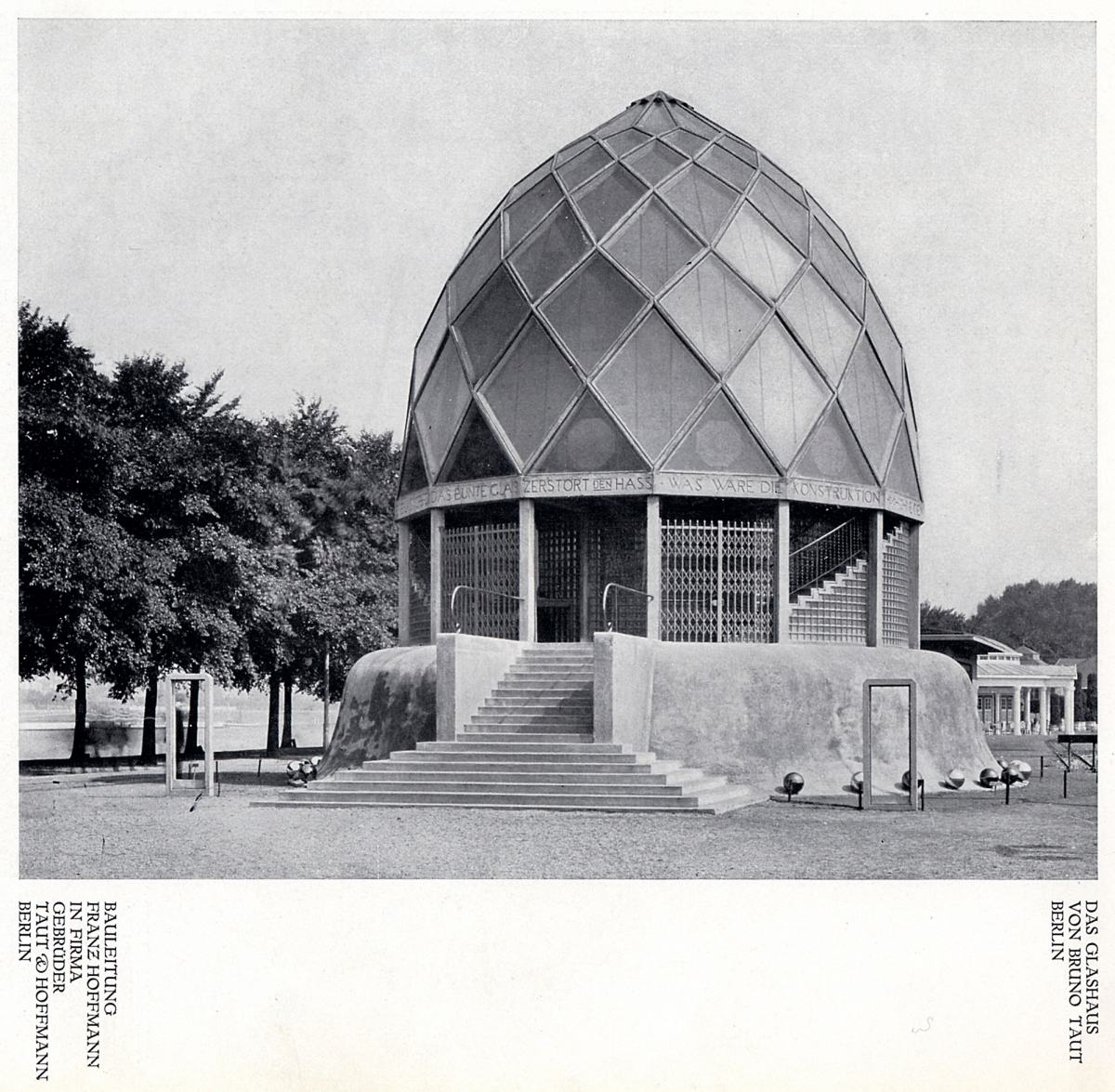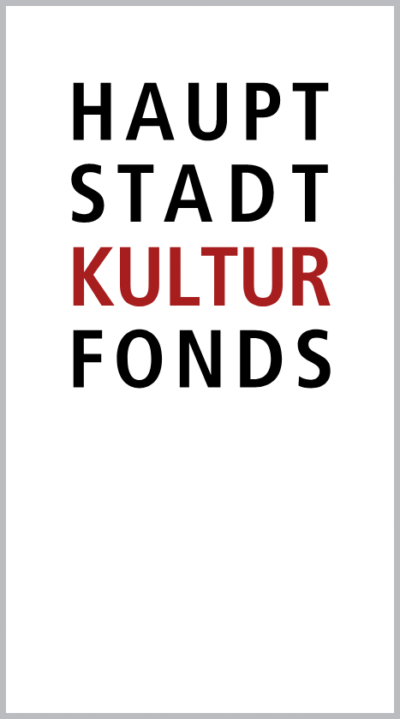On the eve of the First World War, the industrial design association Deutscher Werkbund, founded by artists and industrialists in 1907, launched a mobilization of things:
the functional, standardized and materially sensible design of everyday products would make the label “Made in Germany”, required by British import law, rise above its original status as a mark of ostensibly poor quality. On the contrary, “Made in Germany” would be transformed into a seal of quality, raising the export power of the German Empire.
In the 1914 Werkbund Exhibition in Cologne, the progressive association presented the first major survey of its work in product design and architecture. The exhibition was a national event; Kaiser Wilhelm himself attended the opening. The exhibition was closed ahead of schedule in early August because of the outbreak of war. The “types dispute” over modern, aesthetic design that went on in connection with the Cologne exhibition has remained important in design and cultural history to the present day.
Taking the historic Cologne exhibition as a point of reference, the Werkbundarchiv – Museum der Dinge illuminates the economic and cultural policy goals behind the Werkbund’s communication and design strategies and subjects them to a critical examination against the background of the First World War.
The Werkbund concept of a unified, functional “German form” becomes visible in the context of industrial mass production and the idea of a national modernism distinct from international, heterogeneous currents.
The exhibition “Made in Germany – Politics through Things. The German Werkbund in 1914” focuses on modern phenomena in product culture: advertising and branding strategies as reflected, for example, in product packaging, window displays, and the 1914 exhibition pavilion for the glass industry designed by Bruno Taut.

